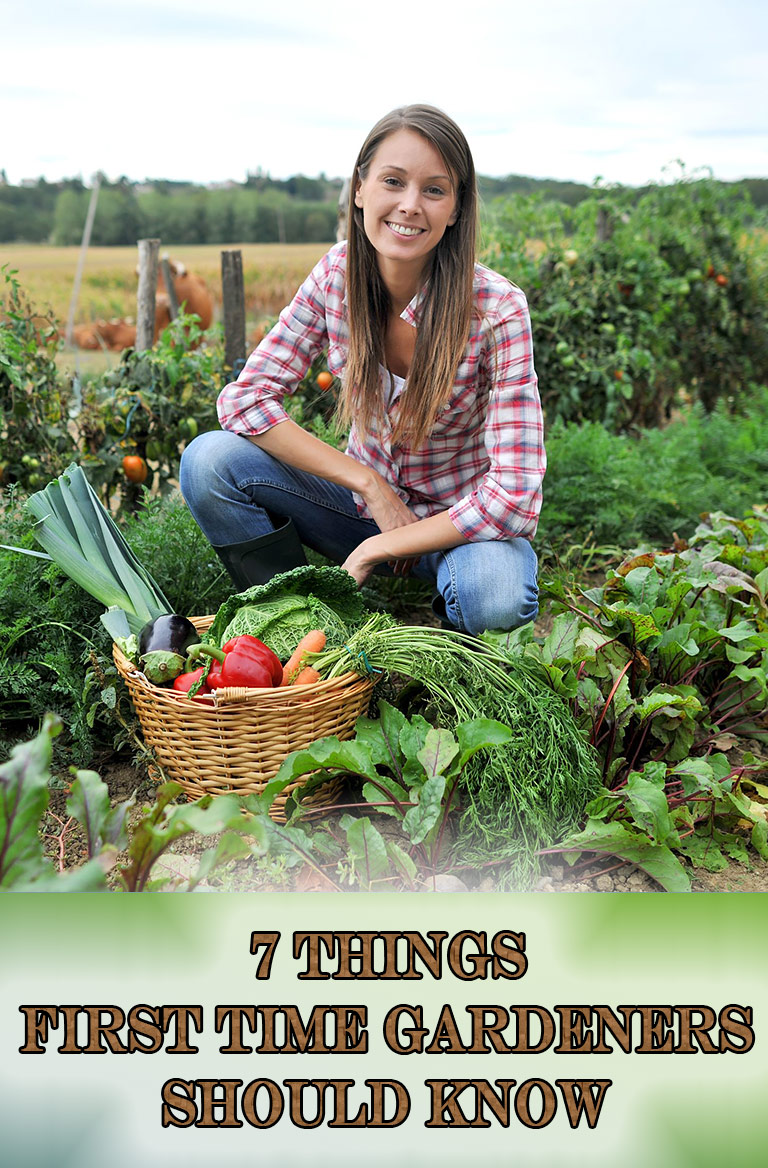
First time gardeners out there, here are seven things you should know before you jump in and get your hands too dirty.
1. PLANTS NEED WATER AND WATER’S NOT FREE
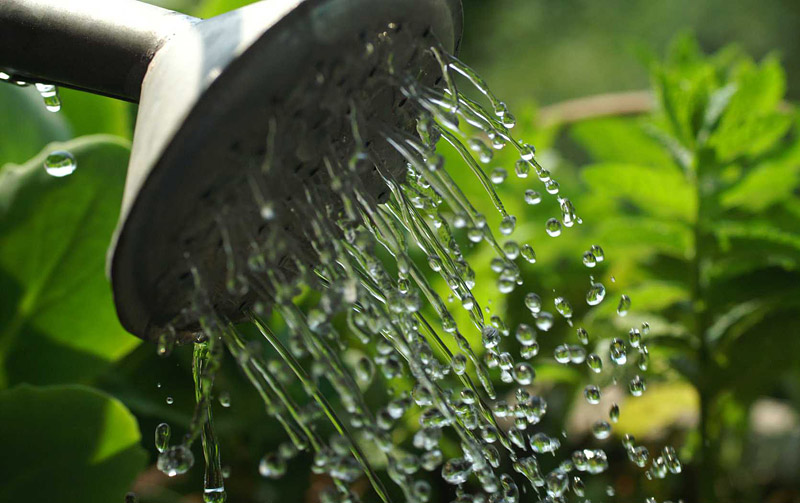
That is, unless you have a well. If you’re fortunate to have your own well, then go ahead and skip on to #2. Otherwise, hear me out.
When you first start the garden, those tiny seeds and/or seedlings don’t need much water. A few cups every few days and they’re good to go.
But remember, these plants are going to grow and keeping up with their water intake might be like trying to satiate a teenage boy. The whole point to growing a garden is to save money, and if you’re not careful, the funds you save on food will start going towards your water bill.
2. PLANTS NEED FOOD
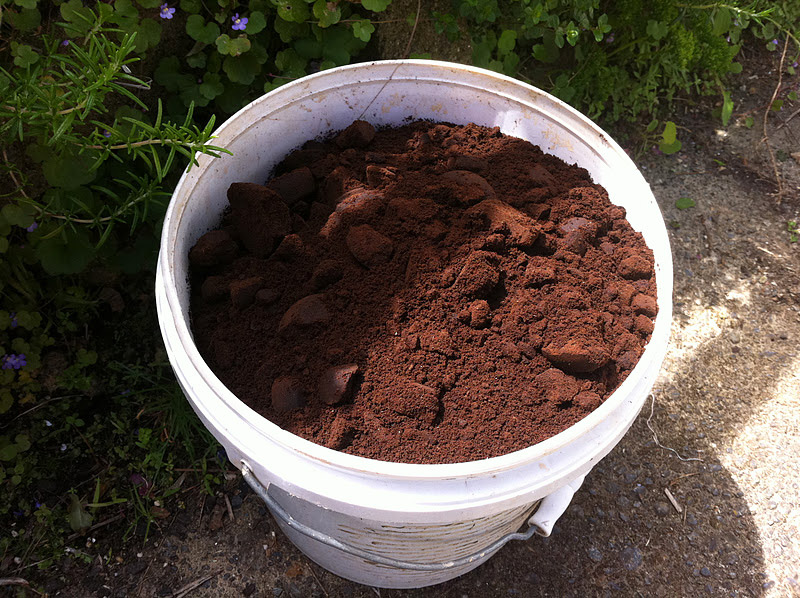
Another seemingly no-brainer, but give this one some thought. Plants need three main nutrients to thrive: nitrogen, phosphorus and potassium. Plants can get these nutrients through the planting soil and sometimes neighboring plants, but once it’s gone, it’s gone!
Feed your plants by preparing the soil before you even plant anything, and fertilize the plants throughout the season. This is especially important if the soil in your area is poor (or isn’t even soil, like the sand my backyard). Fertilizer can be expensive too if you have a large garden and are feeding the ground/crops year round, so consider to make your own fertilizer to help keep expenses down.
3. START SMALL
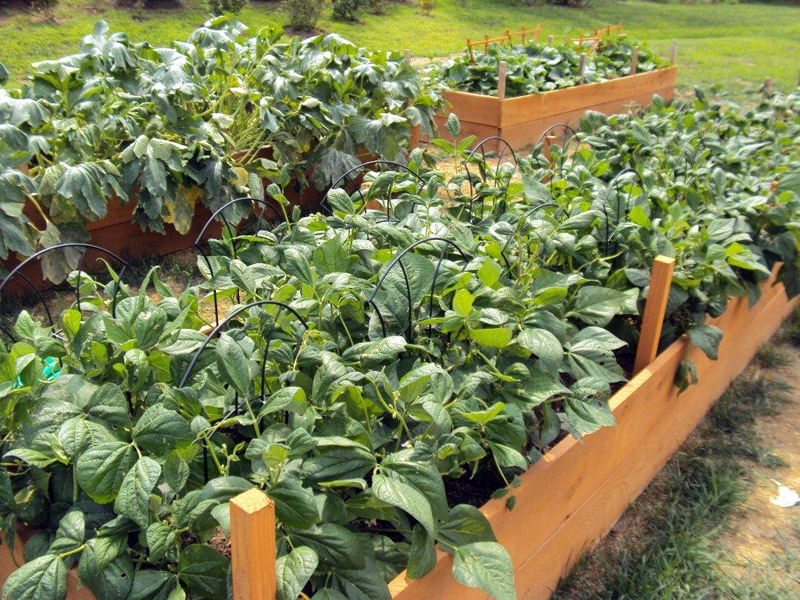
Gardens require on-going attention on a near daily basis and even a small garden can take 20-30 minutes each day for upkeep, pruning, feeding, watering, de-bugging, troubleshooting problems, preventative maintenance, harvesting and general upkeep. (Add another 15-30 minutes if you’re a blogger taking pictures of your garden.) Depending on your area, you could be looking at over 60 hours worth of work over the course of the growing season.
Start small with just a few different types of plants in a raised bed (make one for less than $15) or go super-cheap by using containers you already have. When the season is over, you’ll be able to better gauge how much time your garden till take, and you can plant accordingly by adding more or less plants next season.
4. YOUR NEIGHBOR’S GARDEN WILL BE BETTER THAN YOURS
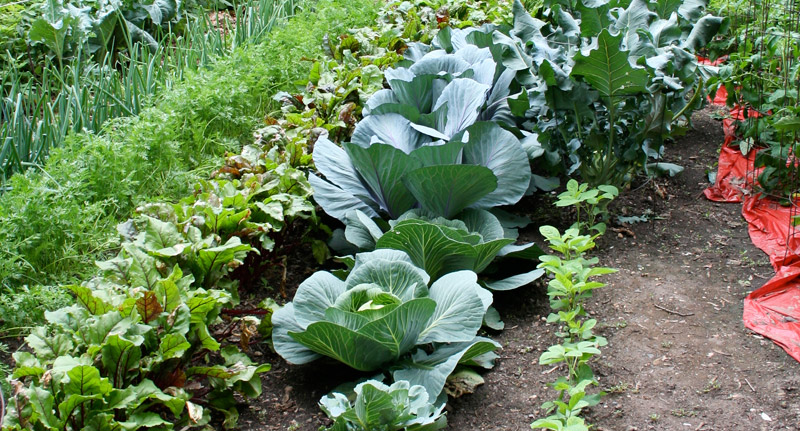
“Don’t worry, it’s your first year!” This little note of encouragement was cute at first, but after dealing with grey flesh fruit flies in my tomatoes, ant-infested spinach, squash bugs, spider mites, powdery mildew and squash that won’t grow no matter what I do, I’m over it. Yes, it’s my first year, but I want my garden to be as nice and produce as much produce as theirs!
Reality check: It won’t. My neighbor’s garden is better because it’s NOT their first year. They’ve suffered through all mildew, aphids and breeds of plants that don’t thrive where they live. They learned those lessons their first year and now have better gardens because of them.
You, my first-time-gardening friend, unfortunately need to learn those lessons the hard way. When this first year is over, you’ll know where your garden struggled and where it thrived, and next year’s garden will be that much better for it.
5. LISTEN TO THE EXPERIENCED GARDENERS
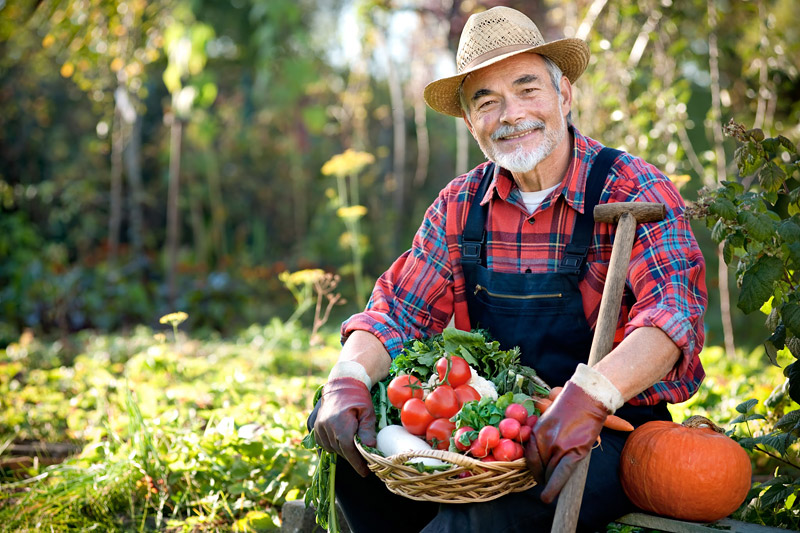
As tempting as it may be to ignore the well-intended advice to bury 3/4 of your tomato plant and to bury your potatoes in straw, listen to them. They are the ones who have done this before, right? They’re the ones with the beautiful garden and more zucchini than they know what to do with, right? Exactly. Eat a slice of humble pie, listen to what they say and take their advice.
If they say a certain breed of tomato doesn’t grow in your mild climate, then don’t bother trying it. If they say to give zucchini two feet of space, don’t cram three plants into one pot! Consider these advice-giving friends and neighbors gardening mentors instead of a know-it-alls and your garden will reap the rewards.
6. CONSIDER STARTING WITH SEEDLINGS INSTEAD OF SEEDS
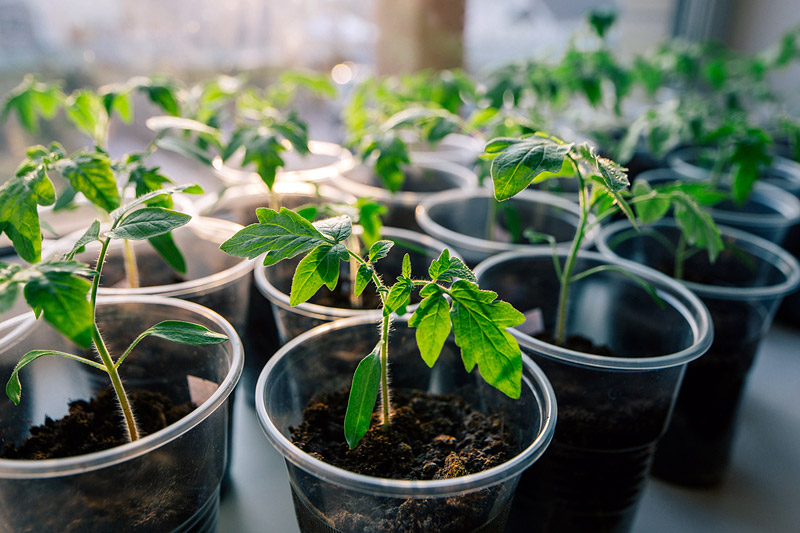
Starting a garden from the very, very beginning is very rewarding. Watching the seed sprout and then grow more leaves is really a lot of fun! But then there’s transplanting, potential weather shock and the fact that you should have planted those seeds six weeks earlier so you’re not going into winter with green tomatoes and mini-squash.
For the first year, I suggest starting with seedlings that have already been weather-proofed. Plant them after the last frost and you’ll have a greater chance of survival in the first place, which will boost your confidence as a first-time gardener. It will also help your crops to be right on target when it comes time to harvest!
7. LEARN FROM THE PROBLEMS
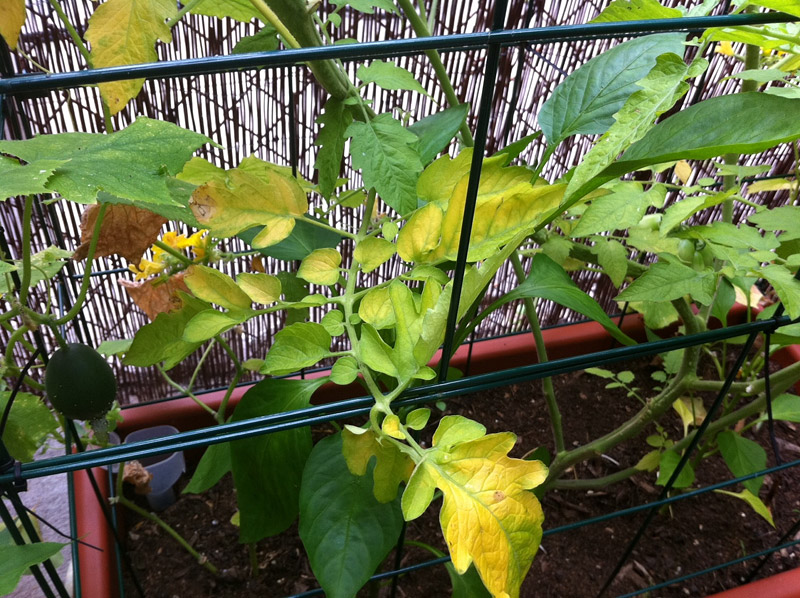
When the garden is infiltrated with bugs and disease, it’s tempting to throw in the towel and give up completely. Instead, take the opportunity to find a solution to the problem and test it out. Yellow leaves might mean too little water… or it could mean too much… or it could mean the plant is diverting energy to the fruit… or it could be a sign of something more serious like spider mite infestation. It might be overwhelming, but it’s these trial and errors that will help you garden look like your neighbor’s next year!


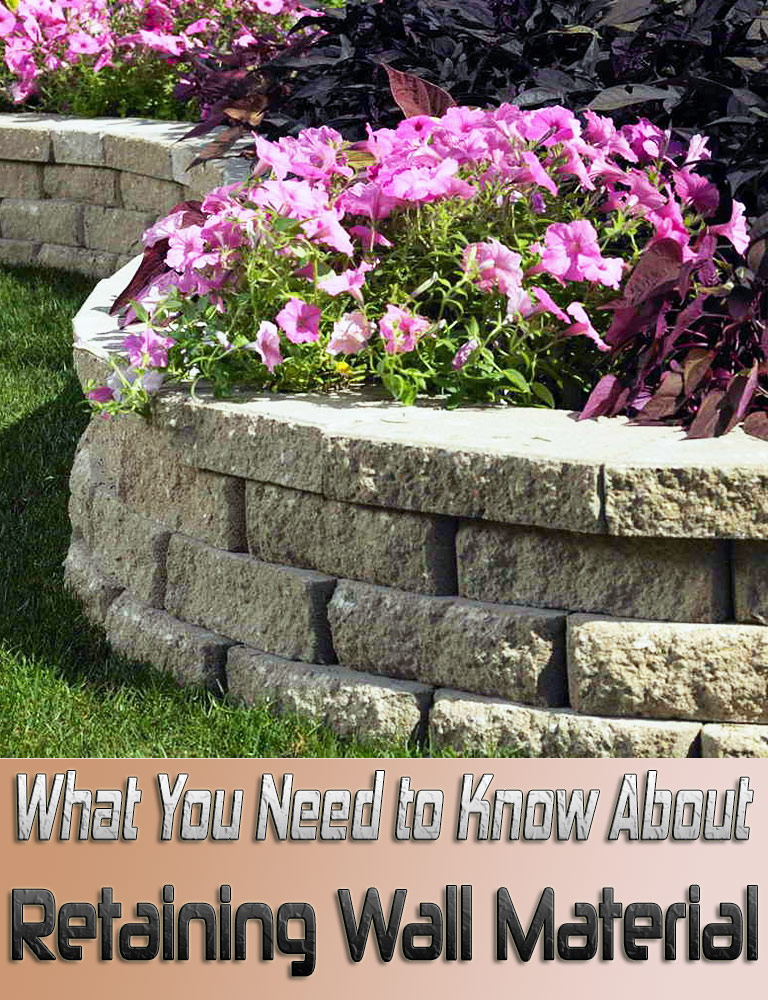

Leave a Reply